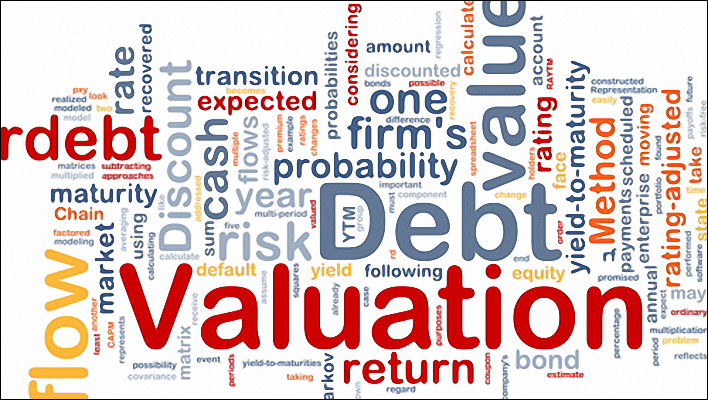By Ed McLaughlin and Wyn Lydecker
Technology is no longer a commodity of convenience; it’s an essential we rely on. This is no less true for the investors, developers, lenders, owners and valuators of commercial real estate, an industry that includes office, retail, industrial and apartments buildings, and represents a $15 trillion U.S. market.
An Upward Trend
Overall, the real estate industry is seeing an upward trend in innovative technology, as indicated by the top VC firms’ investments in real estate tech disruption. CB Insights reports, “Venture capital funding to real estate tech startups crossed the $1B mark last year, and is projected to reach $1.5B at the current run-rate.”
With faster access to real-time data, industry professionals can set truer property values. Let’s look at how this is changing the industry and the growth that lies ahead.
A Sweeping Change
No matter where you look in commercial real estate, the influence of technology is inescapable.
Eric Clemons, Professor of Operations, Information and Decisions at The Wharton School of Business, explained in an interview with Knowledge@Wharton how digital transformation for any business, when compared to modifications in the past, is all-encompassing. Clemons said, “What makes today’s modern, digital transformation different is that it’s almost all-pervasive.…It’s not transforming a part of the business. It’s transforming the structure and the strategy of the entire business.”
Technological Advances in Property Valuation
The impact of technology on property valuation is pervasive because so many parties depend on these valuations. For example:
- Property values allow banks to assess a borrower’s collateral.
- Institutional investors who purchase large income-producing assets like shopping malls or a group of assets, package these properties into Real Estate Investment Trusts (REITS) and sell shares of stock in these assets to investors. The stock price of a REIT is based on the underlying value of the real estate and the income produced by these assets.
- Third party quarterly appraisals are required to accurately set the value of the real estate investments and measure their performances over time.
While reviewing the technical advances in property valuation, we spoke with Richard Krump, Vice President of National Valuation Consultants, the largest privately held commercial real estate appraisal company in the United States. Rick has been appraising commercial real estate for 20 years. He said, “Technology has increased valuation accuracy because there is more data at our fingertips. Commercial transactions happen faster and with more efficiency because all the players can readily access market data. (For example,)…it used to take up to 6 months to confirm the details of a multi-million dollar asset, now we know the details within days.”
Virtual Viewing Services:
With online services like Google Maps and Bing, commercial real estate appraisers can access remote aerial views (straight-down views), birds-eye views (angled views), and street-level views of property. They can also see 360 degrees around the property. In the past, this information was available through books with aerial views only. The books provided less data and needed to be updated and repurchased every year.
Today, appraisers have virtual views of the different elevations of a building like roof structure, windows, soffits, and any extra design aspects on a building’s exterior. They can also see street-level views that show entrances and visibility across the street and along the street, which is very important for businesses like retailers who need to know how far up and down the street their store sign and frontage can be seen.
Appraisers can also remotely view and value the impact of surrounding neighborhoods, schools, and shopping centers. They can measure lot and parcel sizes and ascertain highway infrastructure along with traffic patterns and flows. They can even view how the sun rises and sets and report how the sun affects different parts of a building throughout the day – all of this thanks to new technologies.
Virtual Walk-Throughs
Digital models of physical spaces can be viewed through a service like Matterport, a virtual property viewing startup that has raised $58 million to date. Matterport’s cloud-based software enables appraisers to take a virtual walk-through of spaces and gather linear distances and area measurements inside the building.
Data Services
In the past, data collection on property investments and transactions was only available through county public records or through local brokers, realtors, owners, and buyers who were willing to share the information. Sometimes the information was incomplete or unavailable.
Today, companies like Real Capital Analytics and CoStar track sales of commercial properties at a national level. Appraisers and valuation managers can find comparable sales to whatever they are appraising. The data includes the year of a building’s construction, its occupancy, rents, and expenses.
Future Growth
CB Insights reports that in 2013, VC investments in real estate tech grew over 417% from the prior year. Growth in smart money financing continued in 2014, and has experienced continued growth throughout 2015. CB Insights also identified the categories where the heaviest investments are going:
- Listing and search services
- Investment vehicles for equity and debt
- Tech-enabled brokerages
- 3D virtual-viewing technology
- Leasing management software
This investment activity by top venture capitalists, known to have a knack for placing their money where they anticipate industry shifts, bodes well for startups entering the real estate tech space.
Ed McLaughlin is currently co-writing the book, The Purpose Is Profit: The Truth about Starting and Building Your Own Business, with Wyn Lydecker
They are currently offering a complimentary eCopy of The Startup Roadmap: 21 Steps to Profitability here.
Copyright © 2015 by Ed McLaughlin All rights reserved.





Leave A Comment